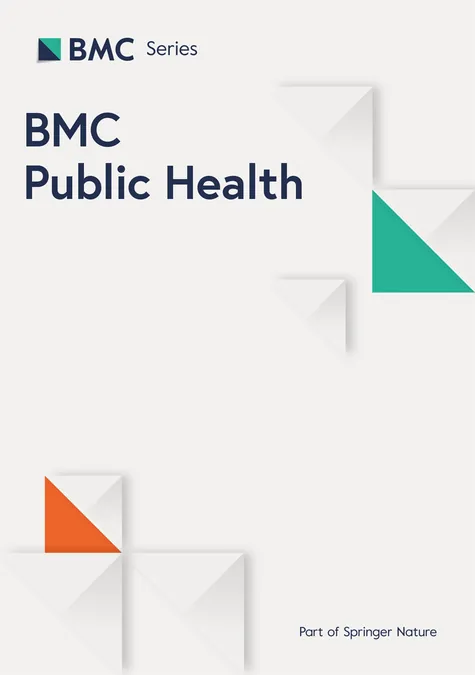
Surprising New Study Reveals How Air Pollution and Traffic Noise Synergistically Heighten Stroke Risk!
2025-04-01
Author: Mei
Groundbreaking Study Insights
In a groundbreaking study conducted by the Institute of Environmental Medicine (IMM) at the renowned Karolinska Institutet, researchers have unveiled alarming insights into the combined impact of air pollution and traffic noise on stroke risk. The findings reveal that these two environmental stressors may pose a more significant threat to health than previously understood, even at levels deemed safe by regulatory standards.
Study Overview
Published in the journal Environment International, the study analyzed a vast dataset comprising 136,897 adults across Sweden, Denmark, and Finland. The results are nothing short of eye-opening: a mere increase of 5 µg/m³ in air pollution (specifically PM2.5) correlates with a 9% rise in stroke risk. Adding to this concern, an increase of 11 dB in traffic noise contributes an additional 6% risk.
The Interplay of Air Pollution and Noise
But the real shocker comes when we look at the interplay between these two factors. In areas with lower traffic noise (around 40 dB), an increase in PM2.5 pollution was associated with a 6% increase in stroke risk. However, in noisier environments (approximately 80 dB), that same jump in pollution potentially escalates the risk to a staggering 11%. While this latter result demands further investigation for statistical verification, it underscores the critical need for public awareness.
Expert Insights
“Research investigating the combined effects of air pollution and traffic noise has been limited, and our study sheds light on this pressing public health issue,” expressed researchers Huyen Nguyen Thi Khanh and Jeroen de Bont. They further highlight that the evident threats persisted even at relatively low levels, signaling that current exposure limits may be inadequate in safeguarding community health.
Implications for Public Policy
These findings not only have implications for individual well-being but also for public policy. By identifying areas burdened by both air pollution and noise, policymakers can strategically concentrate resources and interventions, thereby significantly lowering stroke incidence and enhancing overall public health.
Looking Ahead
Looking ahead, the researchers aim to delve deeper into how moving residents to zones with different levels of air pollution and noise impacts cardiovascular health. They also plan to explore how air pollution interacts with other urban factors, welcoming the potential for new insights and strategies in combating cardiovascular diseases.
Call to Action
As we confront increasing urbanization, now is the time for immediate action! Let's advocate for stricter regulations and public awareness initiatives that address these dual risks. Your health may depend on it!



 Brasil (PT)
Brasil (PT)
 Canada (EN)
Canada (EN)
 Chile (ES)
Chile (ES)
 Česko (CS)
Česko (CS)
 대한민국 (KO)
대한민국 (KO)
 España (ES)
España (ES)
 France (FR)
France (FR)
 Hong Kong (EN)
Hong Kong (EN)
 Italia (IT)
Italia (IT)
 日本 (JA)
日本 (JA)
 Magyarország (HU)
Magyarország (HU)
 Norge (NO)
Norge (NO)
 Polska (PL)
Polska (PL)
 Schweiz (DE)
Schweiz (DE)
 Singapore (EN)
Singapore (EN)
 Sverige (SV)
Sverige (SV)
 Suomi (FI)
Suomi (FI)
 Türkiye (TR)
Türkiye (TR)
 الإمارات العربية المتحدة (AR)
الإمارات العربية المتحدة (AR)